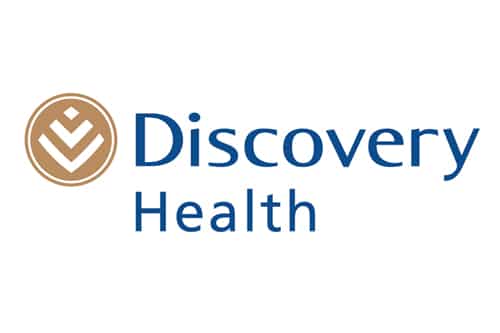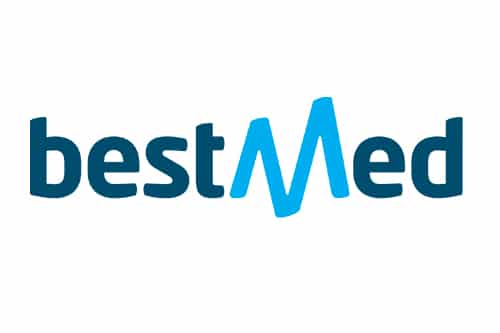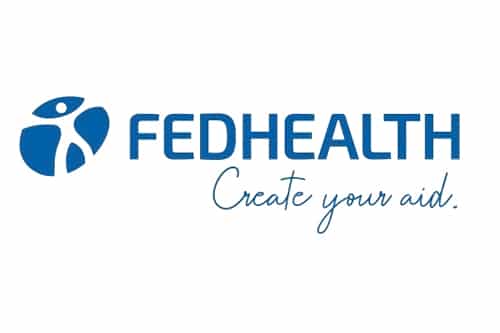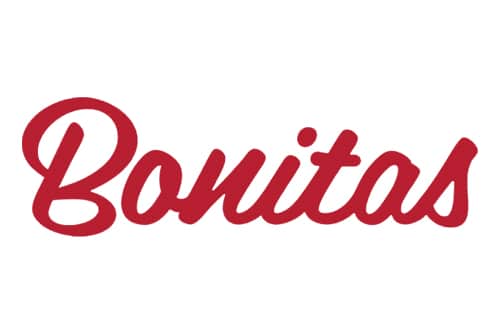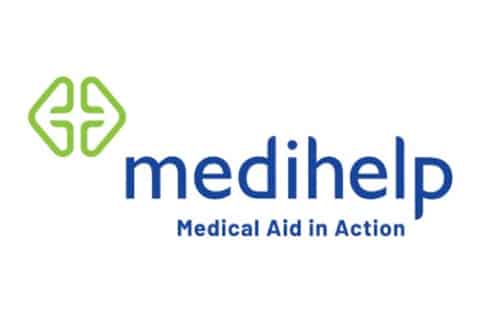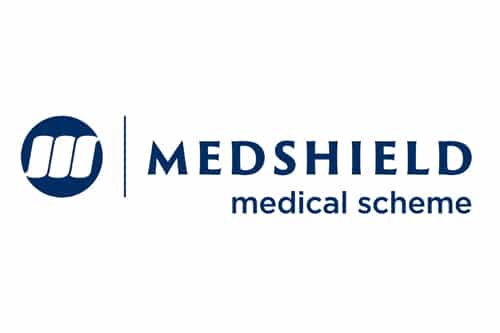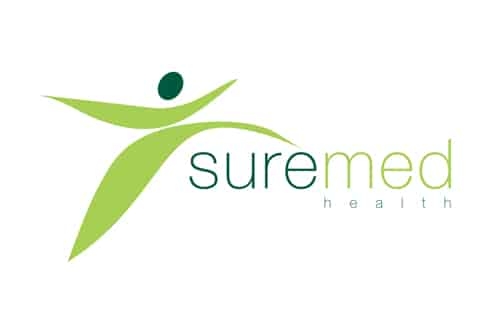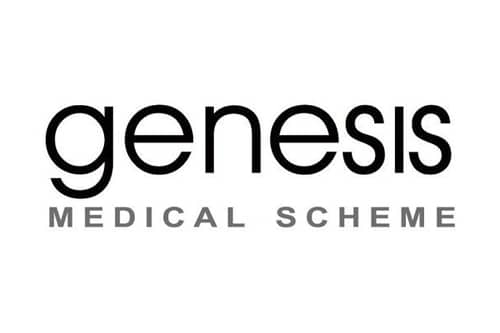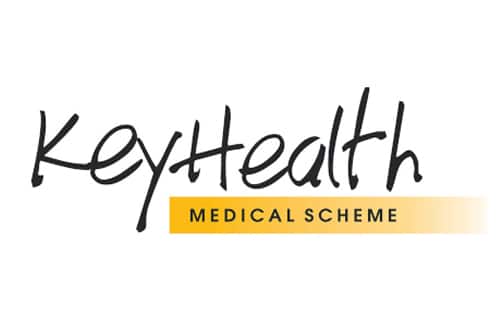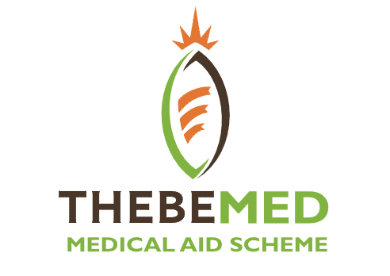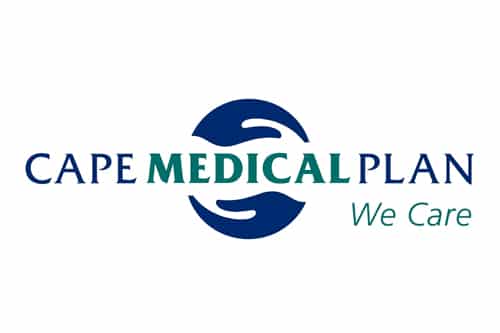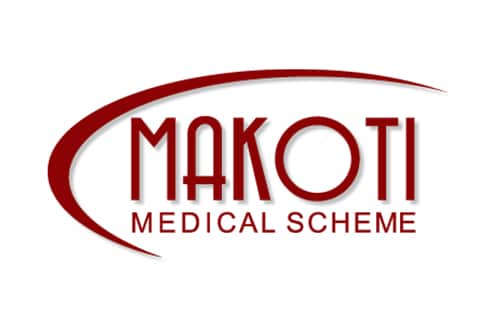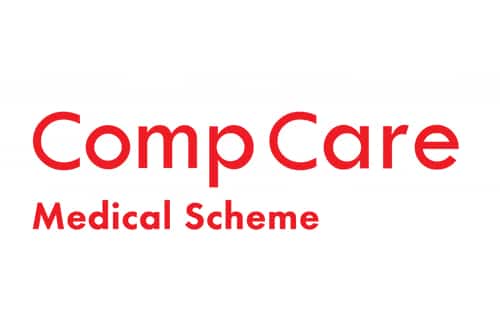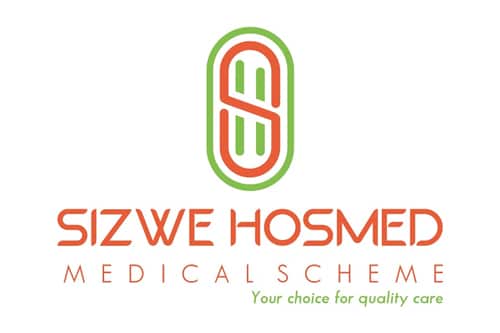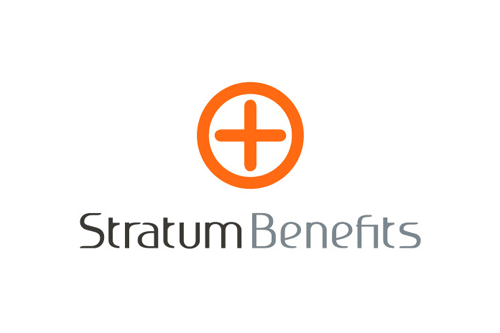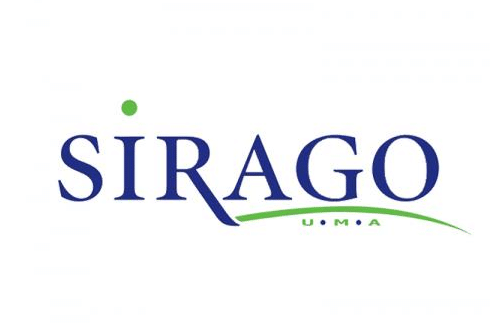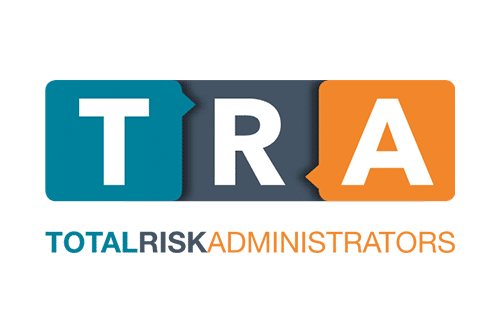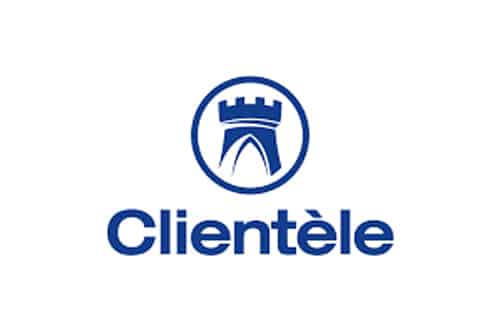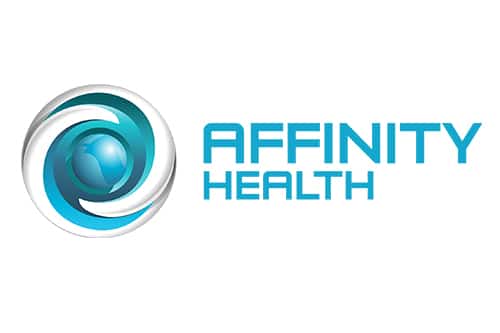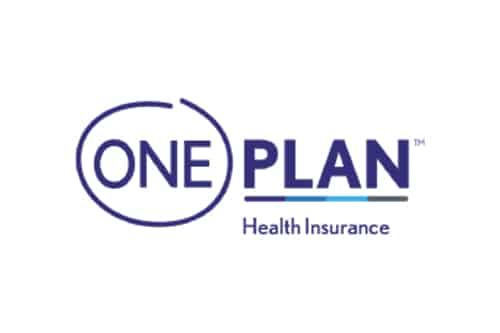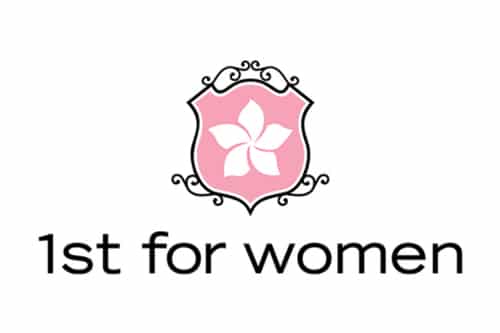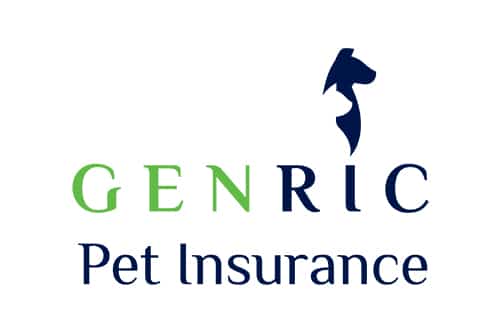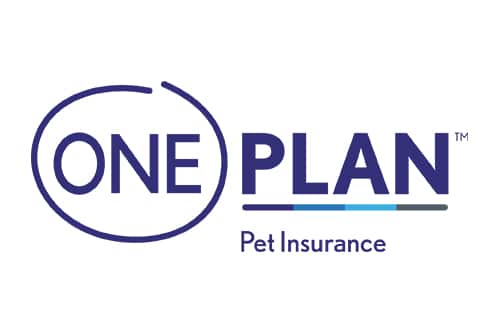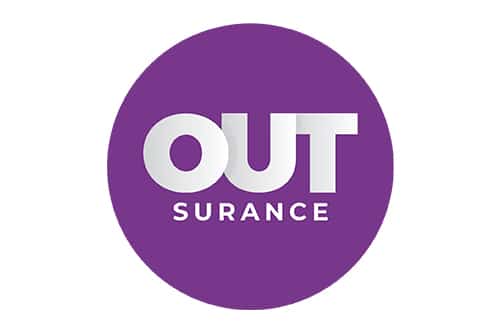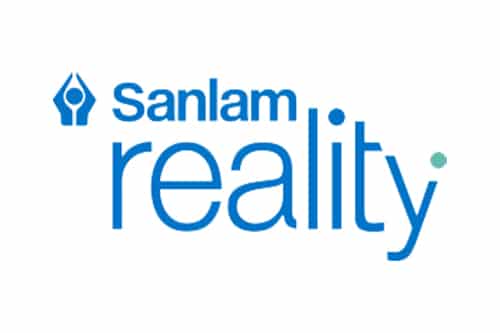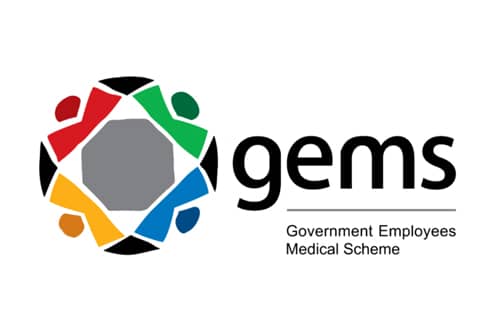
What is Hospitalization?
What is Gap Cover in Medical Aid in South Africa revealed.
We verified gap cover in medical aid in South Africa.
This is a complete guide to gap cover in medical aid in South Africa.
In this in-depth guide you’ll learn:
- What is hospitalization?
- Is hospitalization affordable when you don’t have a medical aid?
- Is hospitalization affordable when you have medical aid?
- How do you get approval for hospitalization when you have medical aid?
- Why should you consider hospitalization?
- What are the benefits of hospitalization?
So if you’re ready to go “all in” with the hospitilization in South Africa, this guide is for you.
Let’s dive right in…
What is Hospitalization Summary
Overview

👉 Hospitalization is care in a hospital that necessitates inpatient admission and usually necessitates an overnight stay. Outpatient care could include an overnight stay for observation.
👉 Patients who require surgery or treatment are usually admitted to the hospital. Even an overnight stay at a private hospital can be prohibitively expensive these days.
👉 In South Africa, medical aid schemes and insurance firms offer a variety of products that cover in-hospital charges, including medical insurance plans, comprehensive medical plans, and dedicated hospital plans.
👉 In this article, we take a closer look at hospitalization and learn more about hospitalization coverage including 100%/200%, network and non-network cover.
Understanding Hospitalization in South Africa
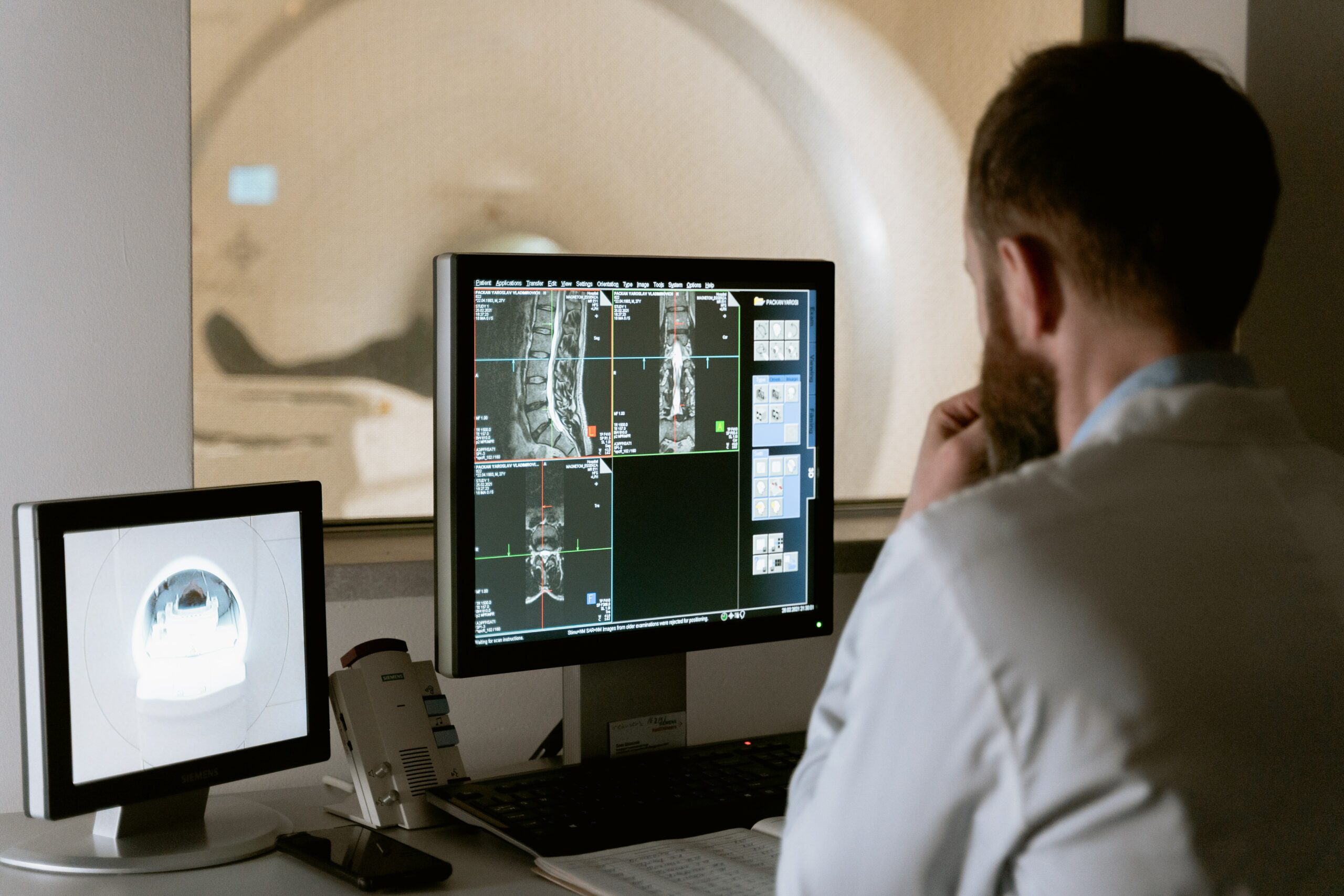
👉 The Department of Health is in charge of healthcare in South Africa. However, South Africa lacks a universal healthcare system. It instead employs two parallel systems. A private healthcare system and a public healthcare system work hand in hand.
👉 The majority of the population, up to 80%, relies on the public system for health care. The government subsidises the public system. It is generally underfunded and badly managed. In South Africa, there are about 400 public hospitals. Provincial health agencies oversee large regional hospitals. Municipal governments oversee smaller hospitals and primary care clinics.
👉 On the other hand, an estimated 80% of doctors labour in the private sector, treating just around 20% of the population, largely middle and upper-class families and foreigners. As a result, the public system is continually short of resources, but the private system is extremely powerful.
👉 The government of South Africa funds public healthcare through revenue as well as point-of-care spending by patients.
👉 In South Africa, public healthcare is subsidised by up to 40%. To govern patient billings and physician compensation, the system employs the Uniform Patient Fee Schedule, or UPFS.
👉 Patient prices are dependent on income and family size, and the UPFS divides patients into three categories to calculate the cost of various appointments and operations.
👉 Patients who pay in full are either treated by a private physician, are externally supported, or are non-citizens. This applies to foreigners who are allowed to use public facilities but must pay the highest billing category.
👉 Patients who are partially subsidised are eligible to have the cost of their care partially paid based on their income. Finally, patients who are fully subsidised are those who are sent to a hospital by the Primary Healthcare Services. This usually applies to lower-income individuals.
👉 Furthermore, there are times when certain medical services are provided for free. For example, approximately 3,500 clinics offer free healthcare to pregnant women and children under the age of six.
Public versus private hospitalization in South Africa
👉 Public hospitals in South Africa are generally underfunded and understaffed. Long wait periods, a lack of privacy, and severe overcrowding irritate patients.
👉 A primary source of the problems is a lack of proper resources for public hospitals. As a result, they are unable to modernise their equipment, pay competitive wages to retain outstanding doctors in the area, or even stock their pharmacies. To suggest that public hospital employees are overworked is an understatement. Mismanagement and corruption have exacerbated the situation.
👉 Both Johannesburg and Cape Town have a reputation for having great public hospitals. Furthermore, public hospitals affiliated with major universities provide high-quality care. However, everyone is aware of this, and university hospitals have long wait times for all services.
👉 Residents are in a difficult situation. They can go to a busy, well-known hospital and wait for the best possible care. The other option is to go to a low-rated institution in the hopes of being seen sooner.
👉 South Africa, fortunately, offers outstanding private healthcare. Private healthcare patients should expect quick wait times and contemporary facilities. There is more privacy, and hospital stays are more pleasant.
👉 South Africa’s private hospitals also house the best doctors in the country. These facilities can provide higher compensation and better benefits than public hospital systems.
👉 Compare Medical Aid Benefits and Rates in South Africa with our easy to use medical aid comparison tool.
A closer look at what hospitalization entails

👉 When you have to undergo numerous tests and treatments and do not see any change in your health, the hospitalisation benefit comes into play.
👉 Medical expenses are no longer limited to the hospital but also follow you home once you are discharged. However, you need not be concerned because many health insurance policies cover all such costs.
👉 Pre-hospitalization and post-hospitalization expenses are covered by hospitalisation. Pre-hospitalization expenses are those incurred prior to admission to a hospital for inpatient treatment.
👉 Here is a list of charges that are considered pre-hospitalization expenses under hospitalisation benefits:
➡️ Medical Tests
➡️ Medicines
➡️ Vaccinations
➡️ Doctors’ fees
👉 Post-hospitalization fees are also known as recuperation expenses’ under the hospitalisation benefit. These are the medical expenses that the insured must incur in order to return to his pre-illness or pre-injury condition.
👉 If the following conditions are met, pre- and post-hospitalization expenses are payable under hospitalisation benefits:
➡️ The claim for hospitalisation expenditures is accepted by the insurance.
➡️ The expenses are incurred for the same ailment or illness that is the subject of the hospitalisation benefit application.
➡️ The following expenses are incurred within the time limits set by the insurer:
👉 The time restriction for pre-hospitalization is 30 to 60 days before hospitalisation.
👉 The post-hospitalization time limit ranges from 60 to 90 days.
👉 The claim is for inpatient care rather than domiciliary hospitalisation.
READ more about Medical Insurance
The purpose of hospitalization
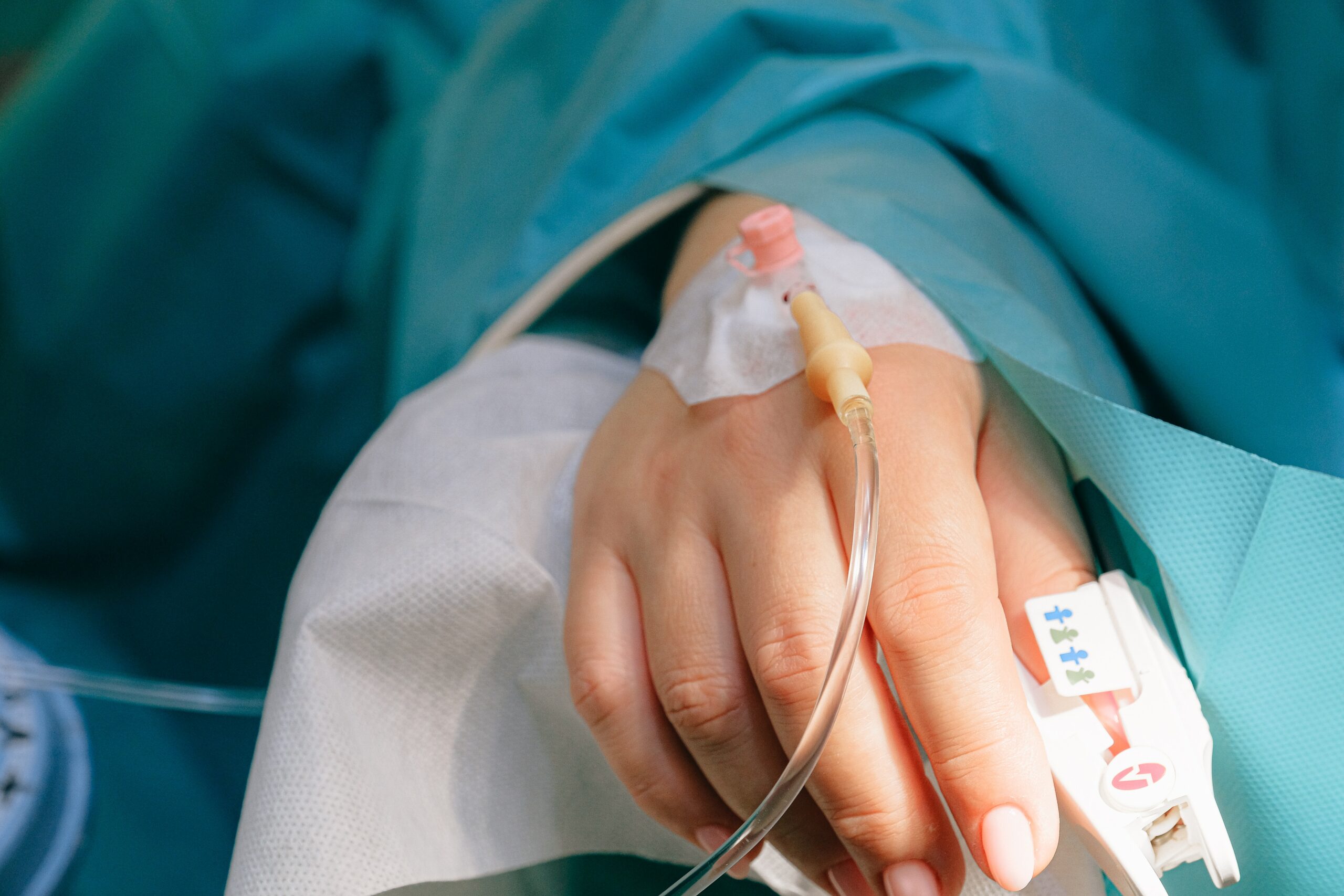
👉 Hospitals supplement and enhance the performance of many other components of the health-care system by providing ongoing access to services for acute and complex diseases.
👉 They concentrate scarce resources into well-planned referral networks in order to react to population health requirements efficiently.
👉 Hospitals are also an important component of the development of a healthcare system. External pressures, healthcare system flaws, and hospital-sector weaknesses are currently driving a new vision for hospitals in many regions of the world.
👉 In this view, they play an important role in assisting other healthcare providers, as well as in community outreach and home-based services, and they are necessary in a well-functioning referral network.
Understanding hospitalization in terms of medical aid benefits

👉 Many South Africans make the mistake of assuming that medical aid options and hospital plans are interchangeable, without fully comprehending the essential differences between the two.
👉 Medical aid choices are priced differently, with each delivering distinct value-added benefits based on the plan you choose. Comprehensive medical aid coverage may cover anything from in-hospital stays to day-to-day medical bills.
👉 Benefits of medical aid include access to various wellness programmes, dental benefits, and improved coverage of particular procedures and experts.
👉 Hospital plans, on the other hand, are a sort of risk-based insurance coverage, and monthly premiums ensure that you are covered in the event of an emergency admission or the need for hospitalisation.
👉 While both medical assistance and insurance firms can provide hospital plans, those provided by insurance companies are not subject to the Medical Schemes Act and are considered financial products.
👉 Cash-back plans are another popular option for South Africans, and they are widely publicised in the country. These plans give a lump sum to the member for each day spent in the hospital, but they are insufficient to cover the costs of lengthier hospitalisations and operations. Cash-back alternatives should only be considered as an addition to your existing plan.
100% vs 200%
👉 Medical schemes provide coverage to varied degrees, such as 100% or 200% of the tariff of the individual medical scheme. Generally speaking, these percentages refer to whether the scheme will pay 100% or 200% of the rate to service providers.
👉 Specialist procedures, for example, are covered at 200% of the cost on some plans, and at 100% on other plans.
👉 If a member only opts for the 100% package, the member will have to pay out of pocket because many service providers charge more than medical scheme rates, resulting in a shortfall. By offering 200%, the member will be less likely to experience a deficiency (if any).
👉 At the end of the day, members must carefully consider what they can afford and what they will likely require. Not all members can afford to subsidise the best of the best, but striking a balance between benefits, budget and medical needs is critical.
Network vs non-network cover
👉 The claim and network hospital list are two of the most crucial factors that individuals evaluate when purchasing health insurance. The longer an insurance company’s network hospital list, the easier it is to identify one in the area.
👉 Have you ever pondered the distinction between network and non-network hospitals?
Network hospitals
👉 Every medical aid scheme or insurance company chooses a network of hospitals, clinics, and medical specialists who charge its policyholders a cheaper rate. In exchange, hospitals receive additional patients who are referred to them via the insurance company or medical aid scheme’s network.
👉 Health insurance firms recognise that in the event of illness, the insured individual will come to them with large claims, requiring them to make large payouts. To sway the situation in their favour, they bargain with hospitals and incorporate them into their network.
👉 When a consumer has a medical insurance cashless plan, network hospitals charge a cheaper fee than those who do not. They benefit from a huge number of policyholders seeking care at their hospitals.
👉 In the case of network hospitalisation, the patient is hospitalised or seeks treatment at one of the cashless insurance hospitals in the network of the insurance company. The form can then be submitted to the TPA for cashless media claim.
👉 Once the cashless claim is granted, the patient can seek treatment, with the insurance company directly covering all expenditures.
👉 There will be no need for the patient to submit any bills or documentation, and there will be no waiting period. The policyholder will only be responsible for expenses that are not covered by the insurance.
Non-network hospitals
👉 When a patient is admitted to a non-network hospital, he must pay for the entire treatment. After being discharged, he can submit the necessary papers and reports to the insurer or medical aid scheme.
👉 The insurer will review all paperwork and approve everything it deems fair. After 10-12 days, the payment is repaid to the patient.
👉 It is crucial to highlight that even if admitted to a network hospital, someone who has not chosen cashless health insurance will have to go through the complete procedure of submitting bills and documents.
READ More: 5 Best Medical Aids for Pregnant Women
Hospitalization plans
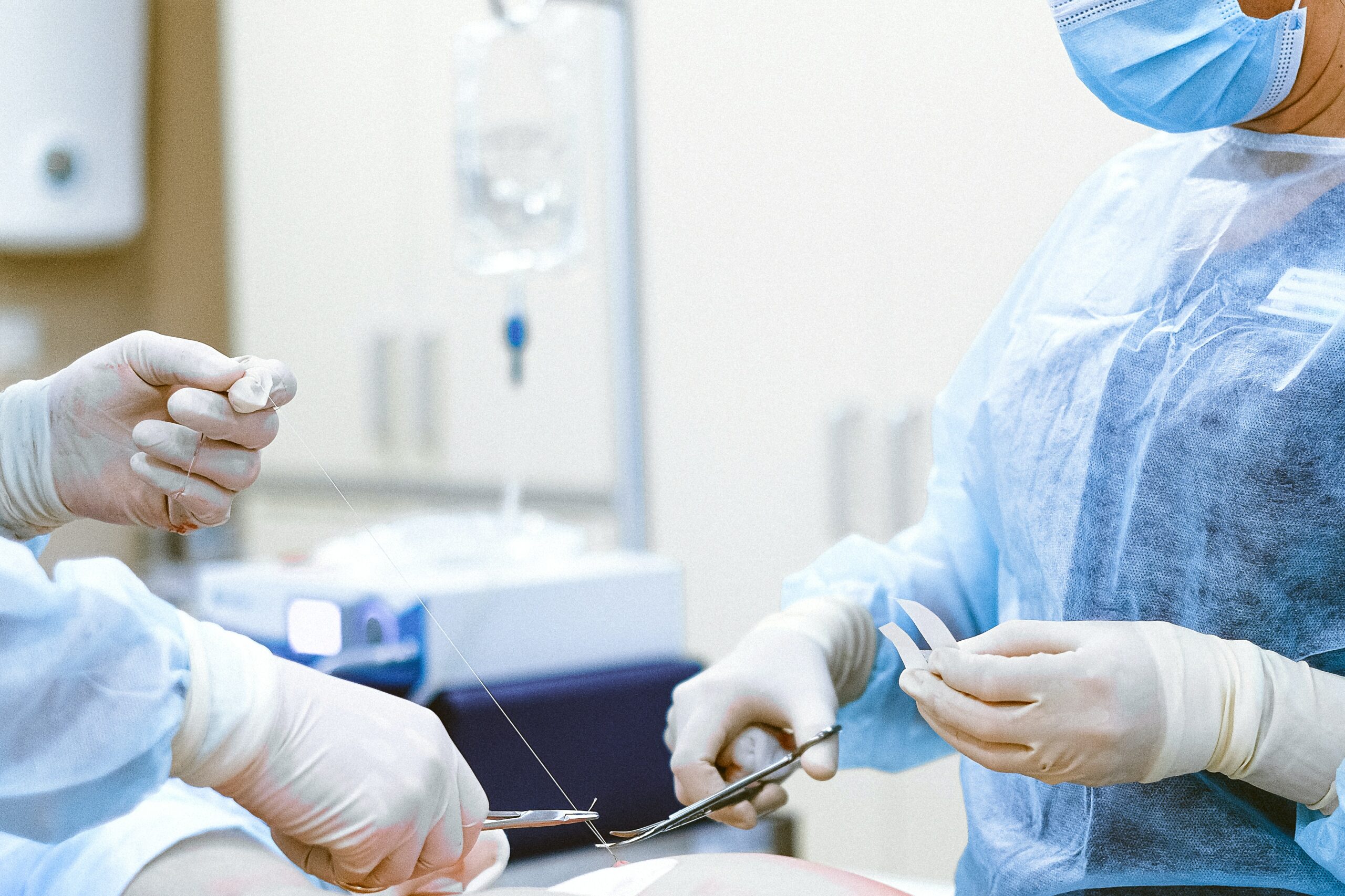
👉 In South Africa, all medical aid programmes provide a selection of hospital plans and complete medical aid plans, both of which give in-hospital benefits:
Hospital plans
👉 These are among the most economical medical aid alternatives on the market today, with high levels of in-hospital coverage for you and your family.
👉 Despite the fact that hospital plans are typically more expensive than medical insurance options, hospital plans from reputed service providers frequently give limitless in-hospital benefits and normally pay conventional medical assistance rates.
👉 It is critical to stress that insurance products should not be used to substitute medical aid, but rather as a “top-up.”
Comprehensive plans
👉 These provide the most comprehensive and costly medical aid coverage, which includes both in-hospital and out-of-hospital benefits.
👉 However, keep in mind that many comprehensive plans only provide limited or restricted in-hospital benefits at 100%, 150%, 200%, or 300% of the scheme’s premium.
👉 It is not uncommon for medical experts and service providers to charge up to 400% of the rate, leaving you to pick up the tab for the remaining amount, known as a shortfall in the industry.
Hospitalization and PMBs
👉 Prescribed Minimum Benefits (PMBs) are a set of defined benefits that ensure that all medical scheme participants, regardless of benefit type, have access to certain minimum health services. The goal is to give people with ongoing care in order to improve their health and well-being while also making healthcare more affordable.
👉 PMBs are a feature of the Medical Schemes Act, which requires medical schemes to cover the costs of diagnosing, treating, and caring for:
➡️ any emergency medical condition;
➡️ a limited set of 271 medical conditions (defined in the Diagnosis Treatment Pairs); and
➡️ 26 chronic conditions (defined in the Chronic Disease List).
👉 When determining if a condition is a PMB, the doctor should consider only the symptoms and not any other criteria, such as how the injury or ailment was acquired.
👉 This method is known as diagnosis-based. Once a diagnosis is made, the appropriate treatment and care are determined, as well as where the patient should receive the treatment (in a hospital, as an outpatient, or in a doctor’s office).
Learn more about the Best Hospital Plans for Children
An example of hospitalization coverage: is Momentum Health

👉 This Major Medical Benefit covers hospitalisation as well as specific specialised surgeries and treatments, as well as specialised scans. It provides option-specific benefits that cover you if you are hospitalised or require surgery.
👉 Subject to pre-authorisation, your hospital accounts and charges associated with your hospital stay, as well as certain operations conducted both in- and out-of-hospital, are covered.
👉 The coverage provided by Momentum Health’s six medical aid options is summarised below.
Ingwe
➡️ Hospital accounts are covered in full at the rate agreed with the hospital group.
➡️ Specialists are covered up to 100% of the Momentum Medical Scheme Rate.
➡️ No annual limit applies.
Evolve
➡️ Hospital accounts are covered in full at the rate agreed with the hospital group.
➡️ Specialists are covered up to 100% of the Momentum Medical Scheme Rate. A R1 740 co-payment per authorisation applies, except for car accidents, maternity confinements, and emergency treatment. An additional co-payment may apply for specialised procedures.
➡️ No annual limit applies.
Custom
➡️ Hospital accounts are covered in full at the rate agreed with the hospital group.
➡️ Specialists are covered up to 100% of the Momentum Medical Scheme Rate. A R1 740 co-payment per authorisation applies, except for car accidents, maternity confinements, and emergency treatment. An additional co-payment may apply for specialised procedures.
➡️ No annual limit applies.
Incentive
➡️ Hospital accounts are covered in full at the rate agreed with the hospital group in the Incentive Plan.
➡️ Specialists are covered up to 200% of the Momentum Medical Scheme Rate. Co-payments may apply for certain specialised procedures or treatments.
➡️ No annual limit applies.
Extender
➡️ Hospital accounts are covered in full at the rate agreed with the hospital group with the Extender plan.
➡️ Specialists are covered up to 200% of the Momentum Medical Scheme Rate. Co-payments may apply for certain specialised procedures or treatments.
➡️ No annual limit applies.
Summit
➡️ Hospital accounts are covered in full at the rate agreed with the hospital group.
➡️ Specialists are covered up to 300% of the Momentum Medical Scheme Rate.
➡️ No annual limit applies.
Frequently Asked Questions
What are health cash hospital benefits?
A hospital cash back plan is a sort of insurance in which you are reimbursed a daily cash amount (typically in a lump payment) if you are admitted to the hospital. A hospital plan as part of a medical aid system, on the other hand, covers the price of any in-hospital or emergency treatment you may require.
Does medical aid cover hospitalization?
Depending on the option you select, many medical aid plans give both in-hospital and out-of-hospital coverage. So you’ll be covered for everything a hospital plan covers, plus routine medical care like visits to the doctor and dentist.
How much does hospitalisation cost in South Africa?
A hospital bed costs between R1,200 and R2,000 per day, depending on your city, the private hospital in issue, and the ward. This just includes the expense of each day spent in the hospital as well as meals.
Does a hospital plan cover immediately?
There are no waiting periods for hospitalisation due to an accident. Benefits will not be provided if the commencement date of the hospitalization falls within the waiting period and the hospitalization lasts longer than the waiting period.
Do you pay at government hospitals in South Africa?
Unless they have private health insurance, patients in South Africa currently pay up to 60% of public hospital expenditures.
What does a hospital plan cover in South Africa?
A hospital plan covers treatment and medical expenditures incurred while the insured is in to the hospital, but a comprehensive medical aid plan covers hospital charges as well as other private medical needs such as specialist consultations, GP visits, and further tests or procedures.
What happens if you don’t pay a hospital bill in South Africa?
The doctor or specialist can obtain a court order to attach liens to your property, freeze your bank accounts, seize your assets, and/or garnish your salary. Everything is done to ensure that your obligation is paid. If you have not paid your debt or refuse to pay it, the practitioner may refuse payment to you and your family members.
What does unlimited hospitalization mean?
When you are admitted to the hospital, you will receive accident cash payments. This is not a hospital plan, and it does not cover medical expenses. You may, however, utilise the money in this manner if you so desire.
What is better, a medical aid or a hospital plan?
The primary distinction between health insurance and medical aid is that medical insurance policies cover a set of pre-selected benefits, each having a monetary value. Members of a medical assistance plan pay a monthly payment for a set of specified minimum medical aid benefits.
Can I get a hospital plan if I’m not working?
Fortunately, hospital programmes, whether medical aid or cash back, do not discriminate based on your job position. In other words, even if you are unemployed, you can have a hospital plan.

